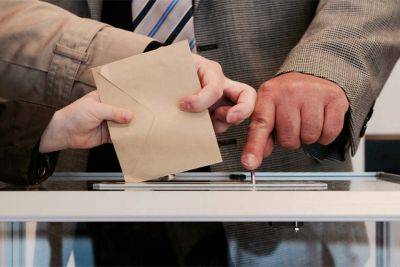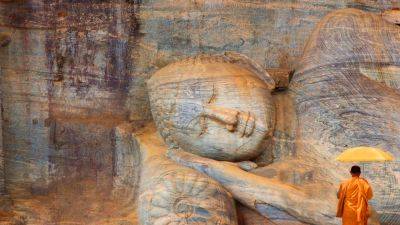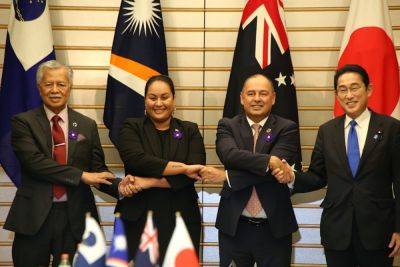The use and abuse of maps to dehumanize war
Maps, although seemingly objective representations of the world, hold immense power. They shape our understanding of space, navigate our journeys and define political boundaries. But beneath the veneer of neutrality lies a potential for manipulation.
The history of warfare is littered with examples of maps used to dehumanize the enemy. Some of these are very explicit. Satirical maps were produced by all sides in the first world war, depicting Europe as a series of caricatures to dehumanize enemy states and push a victorious war narrative.
Other examples are less obvious. In the Vietnam War, the US military produced maps that designated specific regions of Vietnam as “free-fire zones”, meaning any person or activity within that zone could be considered hostile and targeted with military force.
This tactic effectively erased the civilian population from the map, treating the entire area as an enemy stronghold.
The dehumanizing effect of maps stems from their inherent abstraction. Maps simplify reality by reducing a complex landscape teeming with life and history into lines, symbols and colors. While necessary for clarity, this simplification often has the consequence of stripping away the human element.
For example, the below map shows the locations of known Russian military strikes and ground attacks after its invasion of Ukraine in February 2022. The map uses symbols to simplify the conflict.
Later we would learn that one of these cartoon-like icons represents the Bucha massacre in which 458 Ukrainian civilians and prisoners of war were reportedly killed by Russian forces.
Fueling conflict
Maps can also be used to reinforce the “us v them” mentality that fuels conflict. They create a visual distinction between “our







